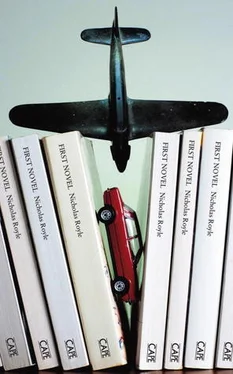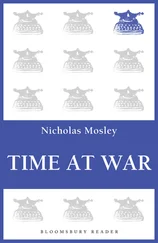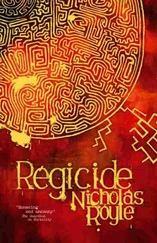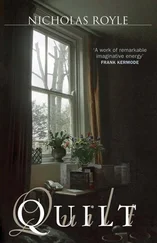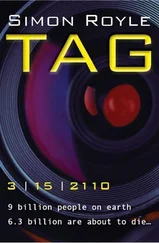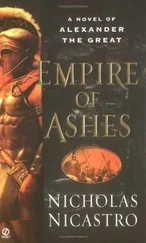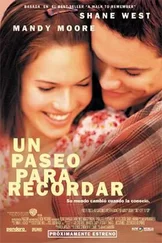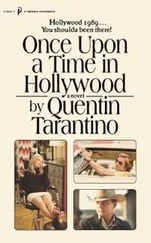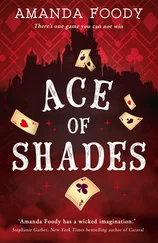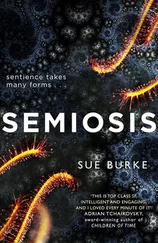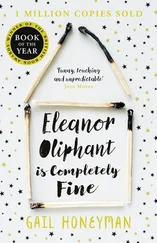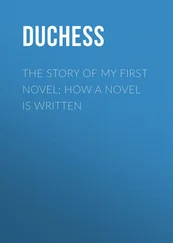Nicholas Royle
First Novel
‘The greatest hazard of all, losing oneself, can occur very quietly in the world, almost as if it were nothing at all.’
Kierkegaard
I AM SITTING, alone, in my shared office at the university. On the walls are flyers for readings and a large poster advertising a local literature festival. The bookcase behind me is filled with books — books that I have brought in from home and others that I have acquired from the second-hand bookstalls across the road and the Paramount Book Centre in Shude Hill. In addition to these are bound volumes of literary magazines — Antaeus, Transatlantic Review — and books that I have claimed out of unwanted stock from the university library. My eye runs along a shelf two-thirds of the way down the bookcase. Nineteen Seventy-Four by David Peace, Robinson by Christopher Petit, Berg by Ann Quin, Gwendoline Riley’s Cold Water . I skip along. Friction by Joe Stretch; Dreams of Green Base , Terry Wilson. First novels.
I take down a book from the shelf above: James Lasdun’s The Horned Man . I hold it to my nose and flick through the pages using the soft pad of my thumb. It has a woody smell. Trampled grass, funfairs. A hint of caramel? I put it back on the shelf.
I turn back to the desk. On it are a PC, switched off, and a pile of books. Between them, right in the middle lying flat on the desk, is a Kindle. My colleagues and I in the writing school have each been given a Kindle. I look at it. The screen is blank. My finger hovers above it, as if reluctant to touch it. The screen is cool, slippery. I press a random selection of buttons on the keyboard. Nothing happens. I have not plugged the device into a power source and charged it. I pick it up. Its weight is difficult to judge. The back is more tactile. It has a sort of rubberised feel to it. If I were to drag my fingernail across it, it would leave a mark.
I drag my fingernail across it. It leaves a mark.
I put the Kindle back down and study it. It looks impenetrable. There are no screws, or feet, no catch, just a seam that runs around the edge on the back of the Kindle. It’s too narrow to get a fingernail into.
To the right of my desk is a unit comprising three drawers. I open the top one and take out a small box made of transparent plastic containing six precision screwdrivers. I place the case on the desk and open it. I take out the smallest of the four flathead screwdrivers and insert its head into the seam on the back of the Kindle. There’s a little bit of give. I push the screwdriver outwards at the edge and manage to release one of a series of little plastic clips that hold the rear piece in place. Once one is free, it is easier to release the others. After a few moments I manage to pop off the back piece, which I put to one side. I place the device down on the desktop and take a good look at it. A large flat battery takes up a third of the space. Most of the rest is occupied by the motherboard, which is comprised of a green background and numerous tiny parts. There are four little protective shields with a finish like stainless steel. Using one of the bigger screwdrivers I undo two screws that hold the battery in place. I remove the battery, which has writing in English on one side and Chinese characters on the other. Revealed beneath where the battery had been is a portion of the back of the e-ink screen.
I lift the Kindle up off the desk and hold it to my nose. It doesn’t smell of anything.
I start removing tiny black screws from the motherboard. When I think I have removed all of them, I try to prise the motherboard free, but it won’t come and when I inspect more closely I see another little screw hidden towards the bottom. Once I have taken that out and disconnected the little red speaker cable, I pop out the L-shaped motherboard, which bristles with minuscule parts. Using the screwdriver, I lever off the stainless steel protective shields to find a number of computer chips whose various functions I would only be able to guess at. Putting the motherboard down next to the rear casing piece, I turn my attention to the last set of tiny screws that hold in place a final board made up of two interlocking sections, one shiny, the other matt. Beneath this I find the back of the screen. I can neither see nor figure out how the e-ink interfaces with the inside of the screen.
I place all the separate pieces next to each other on my desk, the screws and widgets that had held it all together sorted into piles according to size and type. I pick up the screwdriver and replace it in the transparent plastic box.
Either I would be able to put the Kindle back together, or I would not.
Pushing back my swivel chair I get up and walk around to the front of the desk. I pick up the waste-paper bin and return to my side of the desk. I hold the bin under the edge of the desk and use my other hand to sweep all the various parts and pieces of the Kindle into it. I take the bin and put it back where I got it from, then I come back around to my side of the desk and sit down.
My hand reaches out and takes a book from the top of the pile on the right-hand side of my desk. Jane Solomon’s Hotel 167 . It is a Picador, a paperback original, dating from 1993, when Picador still gave all of their books a clean white spine with plain black lettering. I open the book and feel the slightly rough fabric-like texture of the yellowed pages under my fingertips. I lift the book to my nose and breathe in.
I turn up the volume as the front wheels make contact with the tarmac and the rear of the car leaves the driveway. The road is lit at regular intervals, neighbours’ houses standing in darkness. Speed bumps force me to stay in low gear until I reach the main road where I signal to go right. A bus drives past the stop on the other side of the road, empty but for a single passenger on the top deck. His silhouetted head narrows as he turns to look at the car nosing out of the side road.
I follow the bus, making no attempt to overtake. At the lights it goes straight on while I turn sharply to the left, sensing the pull of the car towards the front offside. The road surface is made up of flat blocks of orange broken up with lines of reflective white. The street lights are topped with misty coronas like dandelion clocks. The next set of lights changes to red as I approach and I knock the gearstick into neutral, allowing the car to coast. Another car sits at the adjacent stop line waiting to go, the driver’s face ghostly in the glow of the dash. The traffic lights change in his favour and he moves forward.
I go on through one more set of lights and turn left into Burton Road. The restaurants and bars that earn this district its reputation are all closed. I slow down as I approach Somerfield, indicate left and pull into the car park behind the shuttered supermarket.
There’s one car parked behind the store itself, another two at the other end by the recycling bins. I roll down towards them and back up into a space a few yards short, switching off the engine. The CD, Full on Night by Rachel’s, stops as I do so.
I peer into the darkness — the car park is unlit — and turn the key halfway in the ignition, then pull down the stalk to activate my right indicator. Its rhythmic clicking is the only sound to be heard apart from the hum of traffic on the Parkway, even at this hour. After a couple of minutes I start the engine and a dissonant guitar riff accompanies my rolling the car back out on to Burton Road, then turning right into Nell Lane and heading for the Parkway.
Traffic on the motorway is light. I take the exit for Cheadle Royal and the patient piano work of Rachel Grimes ticks off the lighting poles on the wide loop around the back of the former Barnes Hospital and nearby disused Cheadle Bleach Works. The frantically bowed viola towards the end of ‘Full on Night’ is a suitable accompaniment to the scratching of the treetops at the purply-orange sky.
Читать дальше
